Of Course
In 2017 Marcy McPherson decided to hand deliver all her Christmas cards. She was gone for two weeks and came home with a husband.
She was in her late thirties at the time and her daughter had just turned seventeen. Looking back, she calls this her midlife crisis. But it wasn’t. It was merely triggered by her husband’s.
Four months earlier he had left them in understated fashion, leaving a Post-it Note on the fridge with his new address and a frowny face. Communication was not his strong suit. And once Marcy got over the shock, she was ready to face what, to her, was the most daunting question of all:
What are we going to do about our Christmas card?
You see, Marcy McPherson loves Christmas cards.
That annual reminder to the world that—in her home—everything is perfect.
She began thinking about her Christmas card in May, often planning her summer vacations with the family photo in mind.
“Maui? Yes, as long as we delay the shoot till late in the trip once we’re tan.”
“Gettysburg? That’s a bit of a downer. For the card.”
“Carlsbad Caverns? Terrible lighting.”
By October, the winning photo had been selected. By November it had been printed. By December 1st, envelopes were stuffed and stamped. But they did not get mailed until December 18th. In Marcy’s mind, this would assure the card would arrive on December 20th, not so close to Christmas that it would be overlooked, but close enough to “keep it near the top of the pile” all the way till New Year’s.
But 2017 was different.
Due to her family’s implosion, there were no summer photos taken in a tropical location. October came and went. In November, Doreen—the owner of the local stationery store where Marcy bought her custom cards—called the house to make sure everyone was okay.
“No, Doreen. We’re not.”
“Oh.”
“Michael has left us.”
“But you always looked so happy in your photo.”
“We were.”
“Then what happened?”
“Well he obviously went insane.”
Doreen couldn’t tell if Marcy was being literal or hyperbolic. It didn’t change what Doreen thought she should do next.
“Send a card without him,” she said with an air of defiance.
Marcy had never considered it. A card without her husband felt incomplete. A sign to her entire Christmas card receiving community that something had gone horribly wrong.
“People will make assumptions,” she feared.
Doreen was not about to let one of her biggest accounts go. “We can explain it on the card,” she said. “We’ll print something and put a holly border around it.”
She promised Doreen she’d think about it. In fact, she stayed up all night weighing the pros and cons.
And when her daughter woke up early to pour herself a bowl of cereal before heading to swim practice, her mother was sitting at the breakfast table waiting for her
“We’re doing a card,” she said.
She announced it with the same gravity FDR used when he decided to send 75,000 troops to France.
Marcy would not use any precious real estate on the card to explain her husband’s disappearance. No holly border was wide enough to communicate the complexity of a marriage shattered by a sticky note.
No. The way she saw it, there was only one proper way to distribute this year’s Christmas card.
“I will hand deliver them,” she explained.
“So like… the local ones,” her daughter assumed.
“No. ALL of them.”
She was resolute.
“That will allow me to personally explain to every person on our list just what happened and why the photo only features two of us and not three and how your dad isn’t dead, he just decided to throw away the best wife and most perfect daughter in the entire world in exchange for a cramped apartment overlooking a Burger King.”
She stocked the fridge with food and backed out of our driveway on December 10th. She promised to text her daughter along the way and be home by Christmas.
What follows are Marcy’s messages in their entirety:


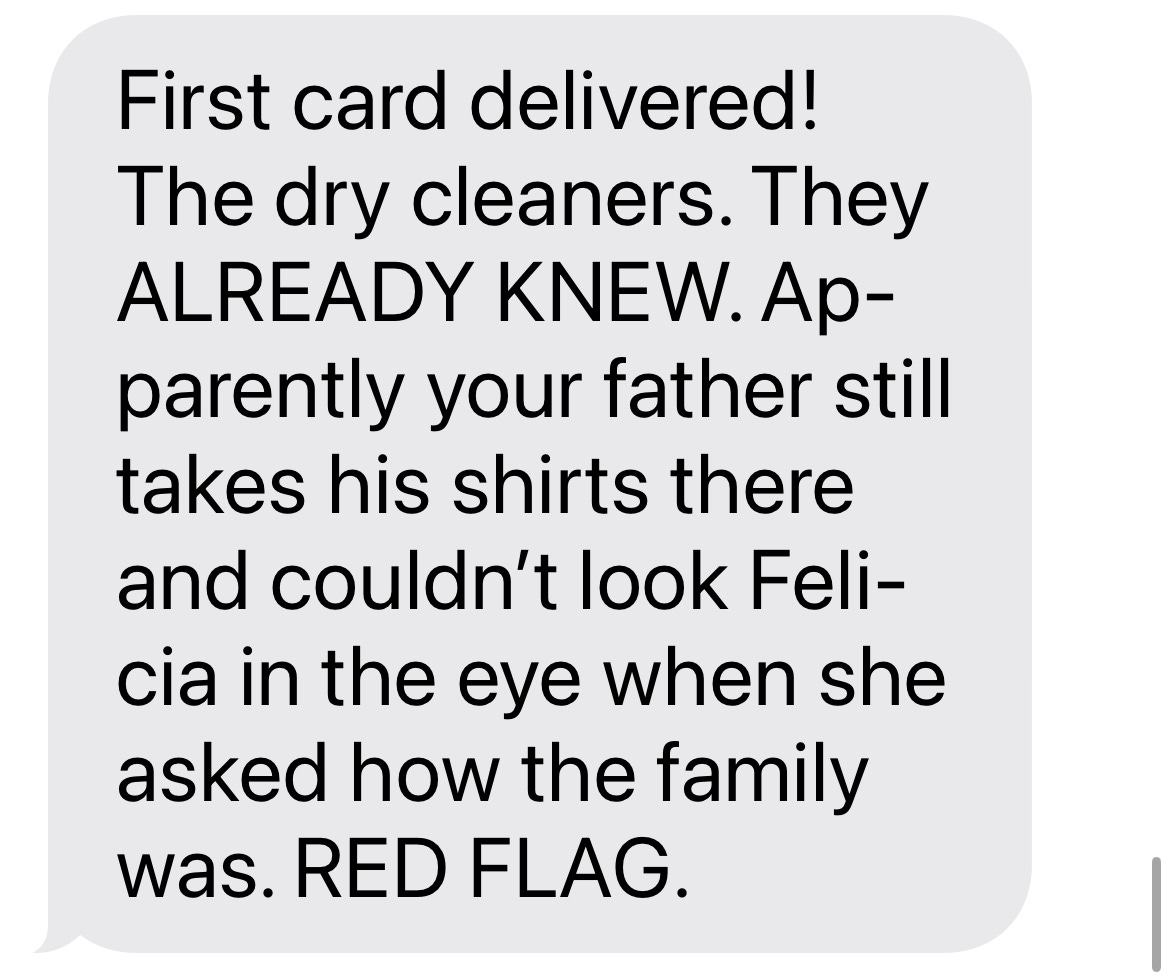
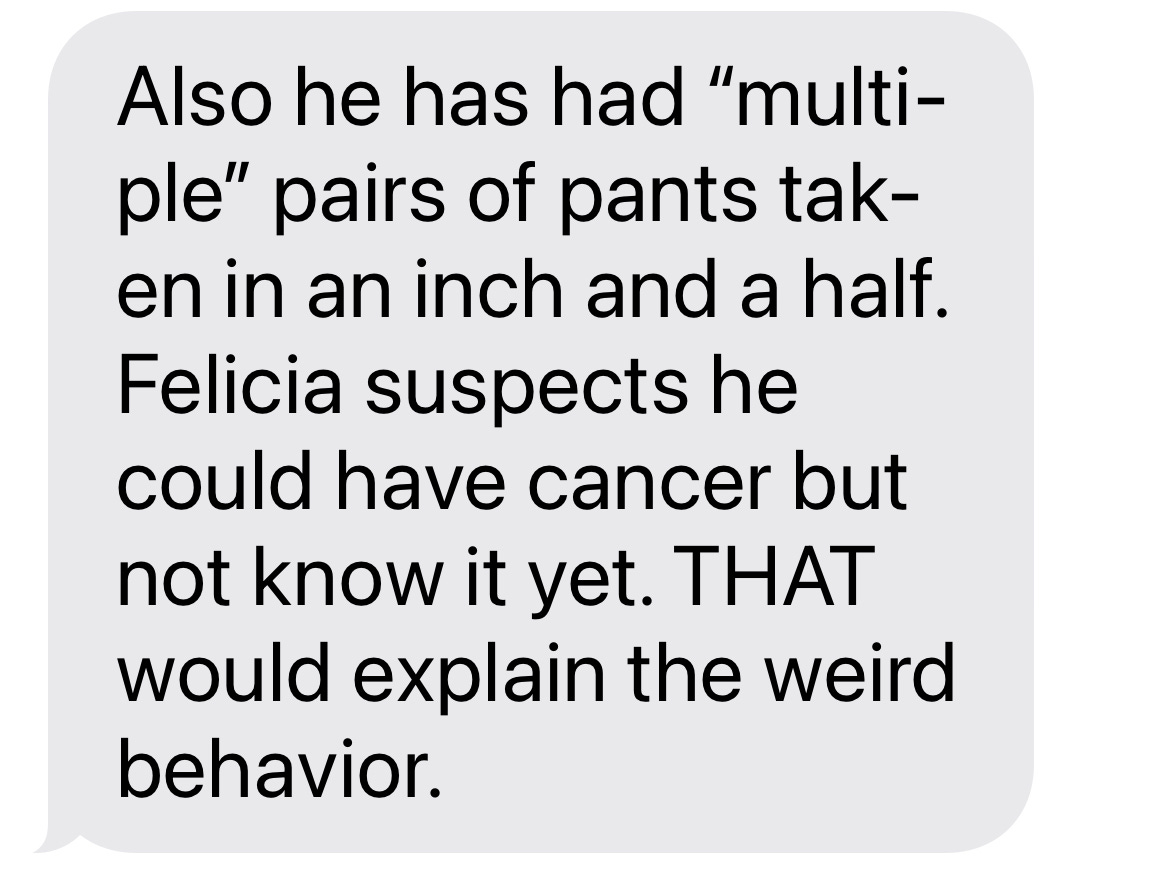

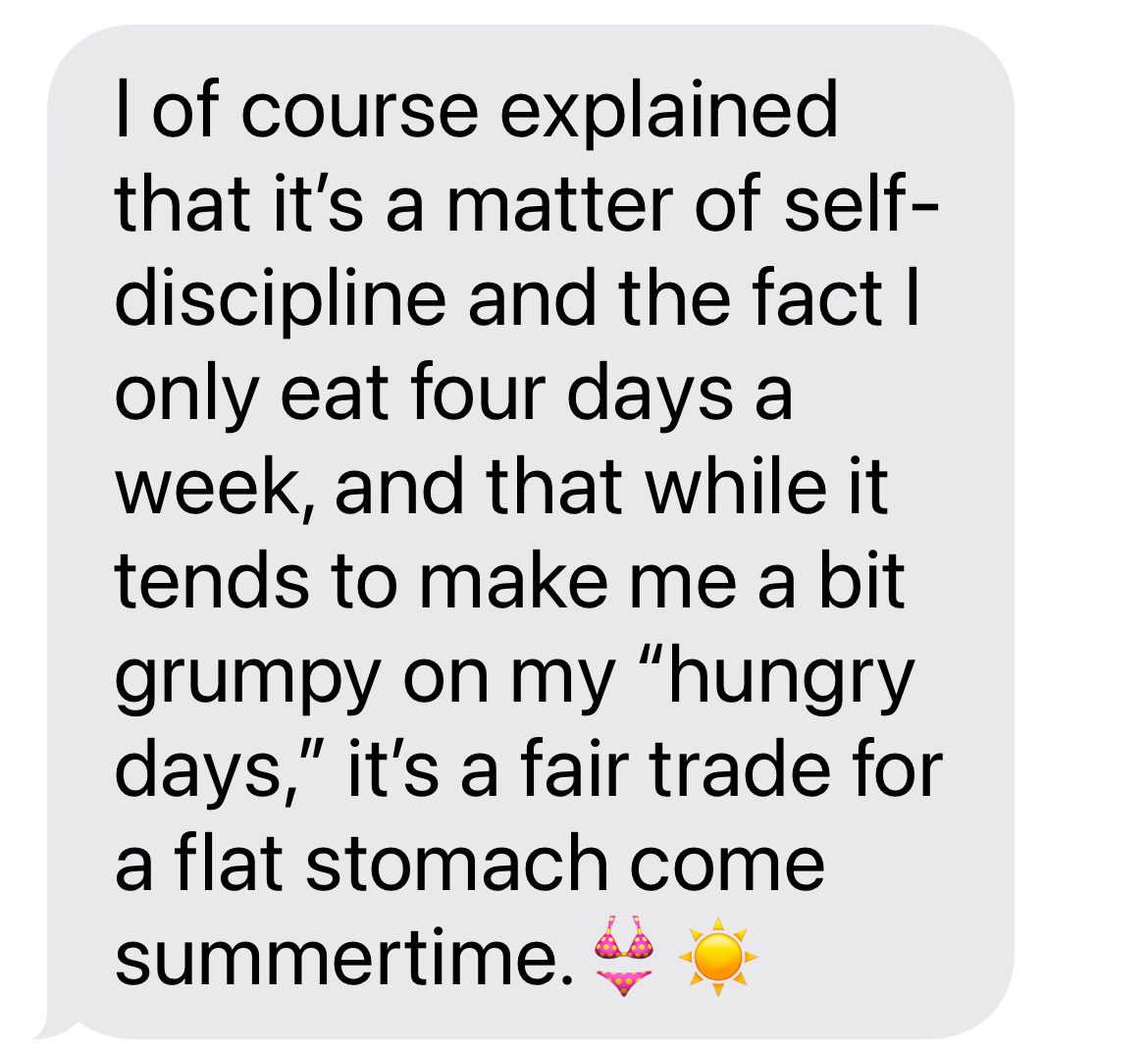

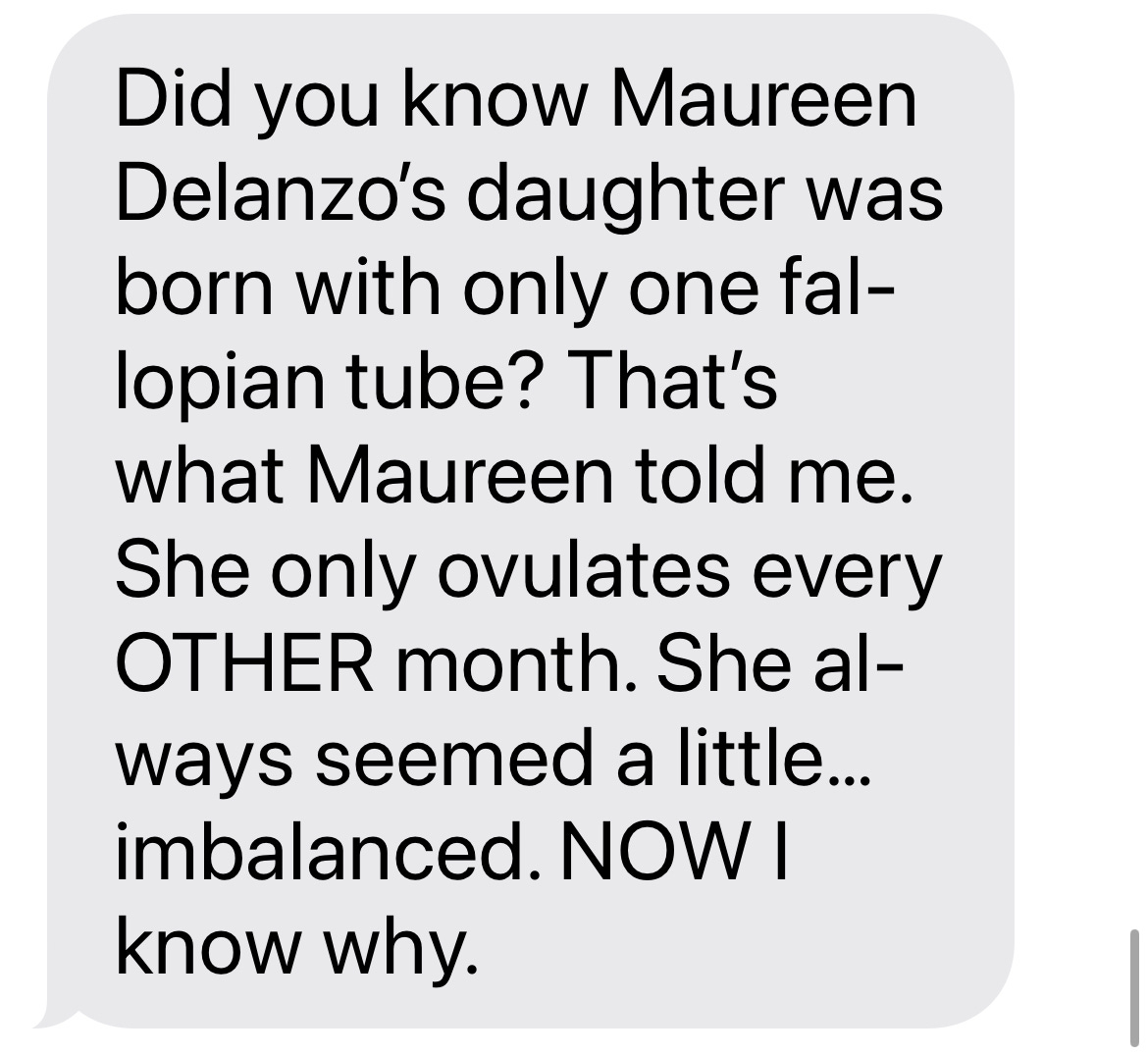


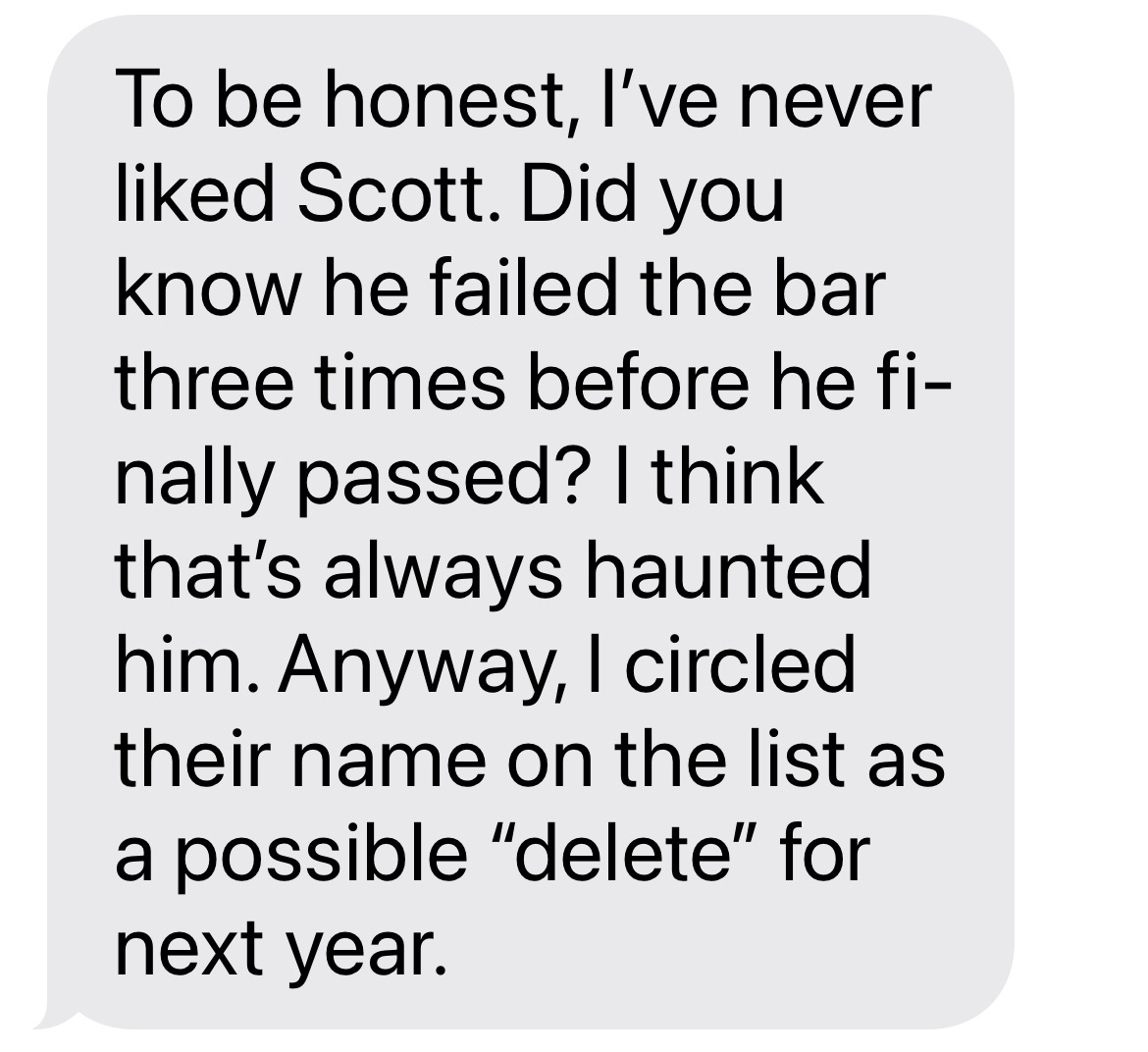

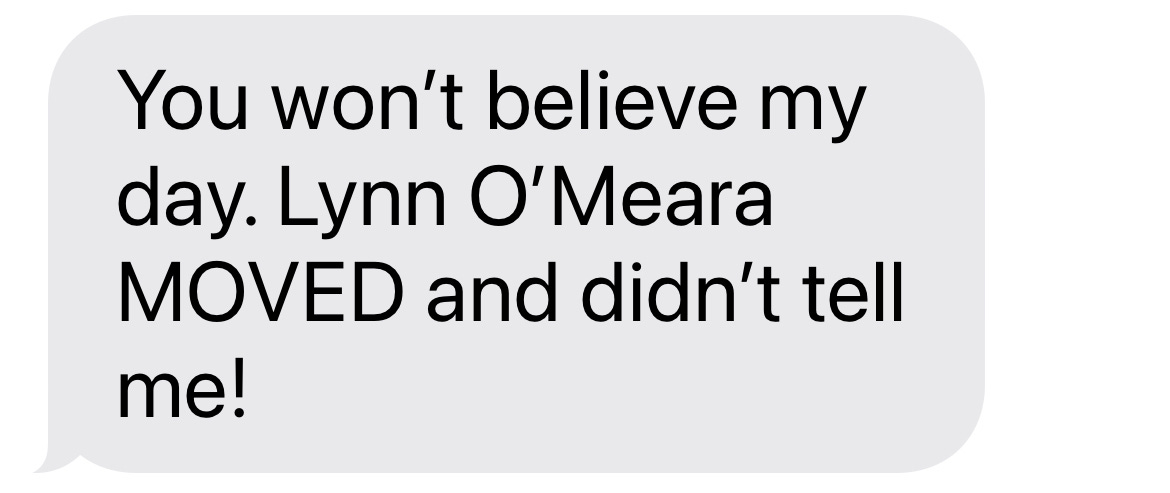

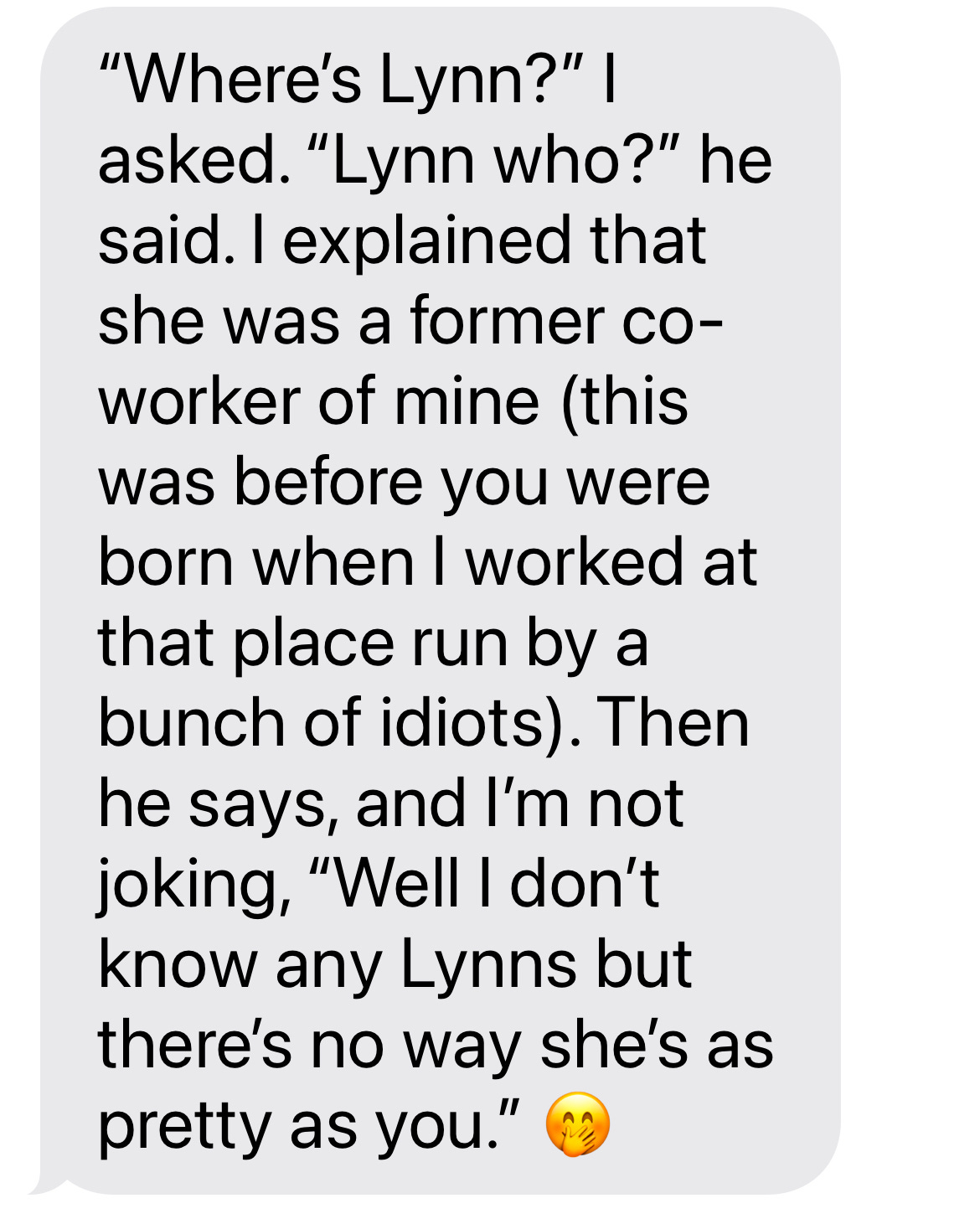

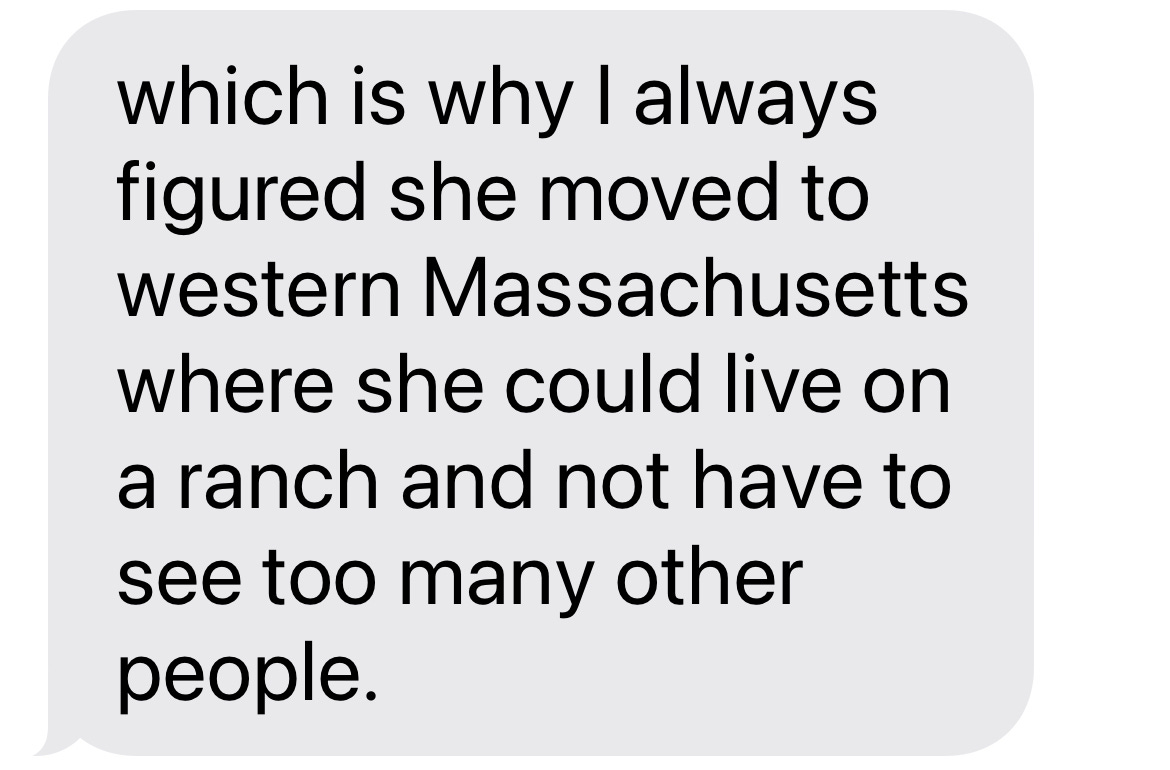


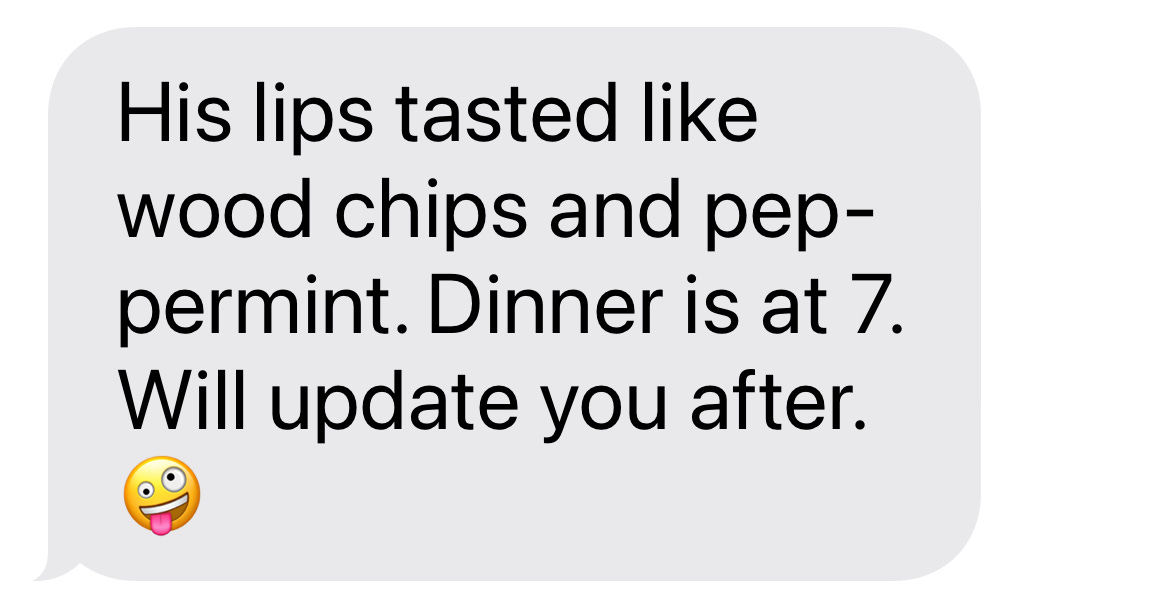



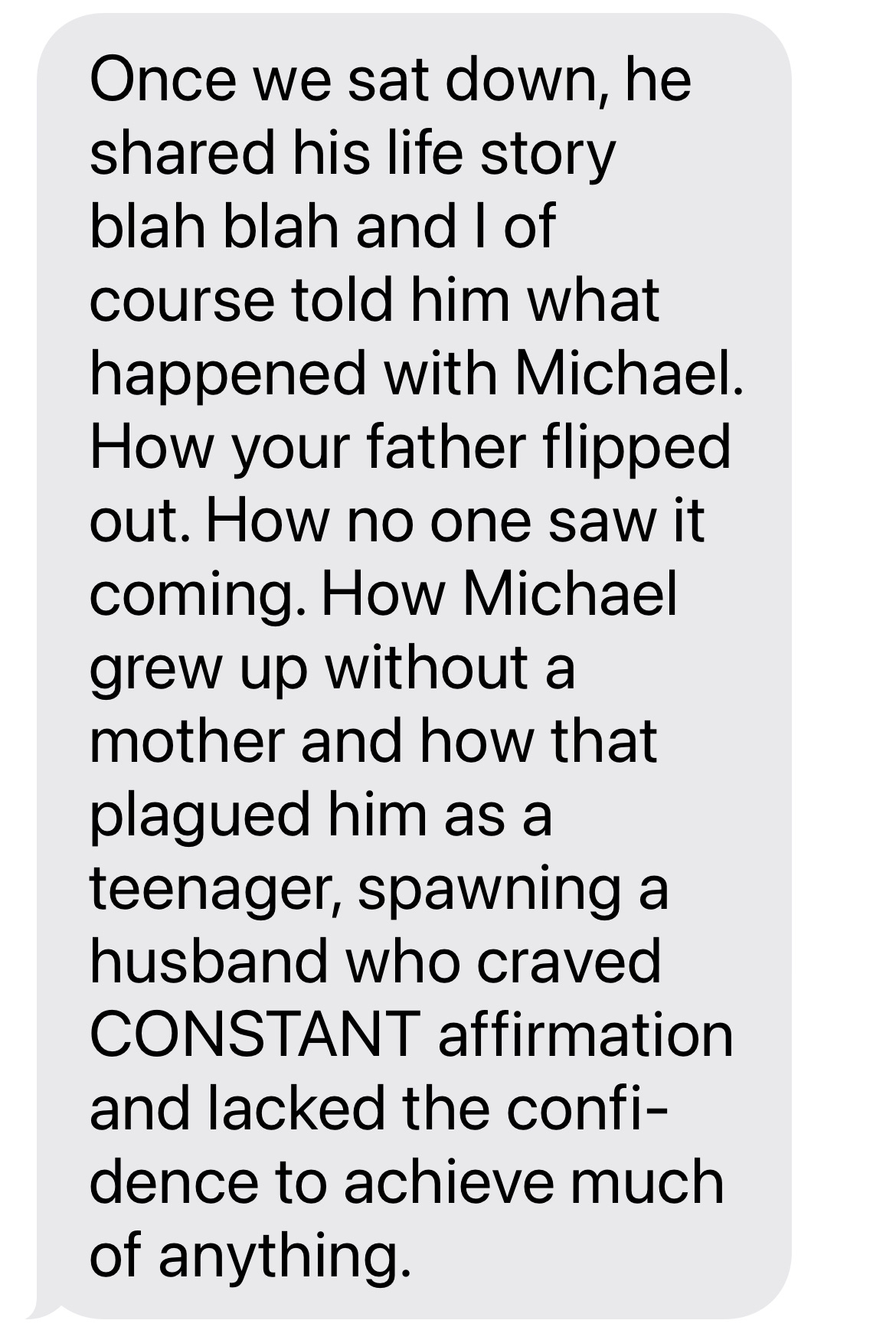

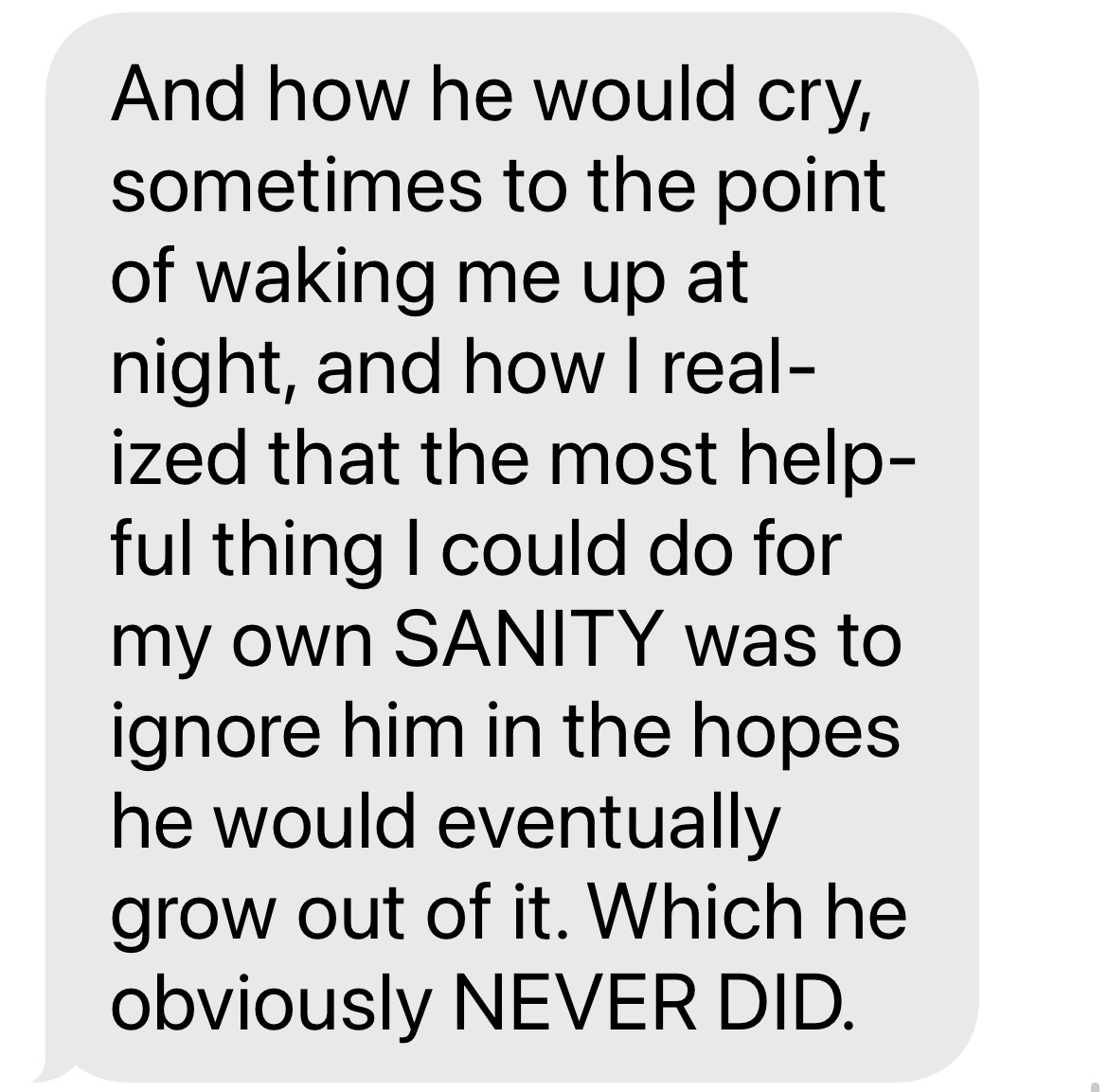


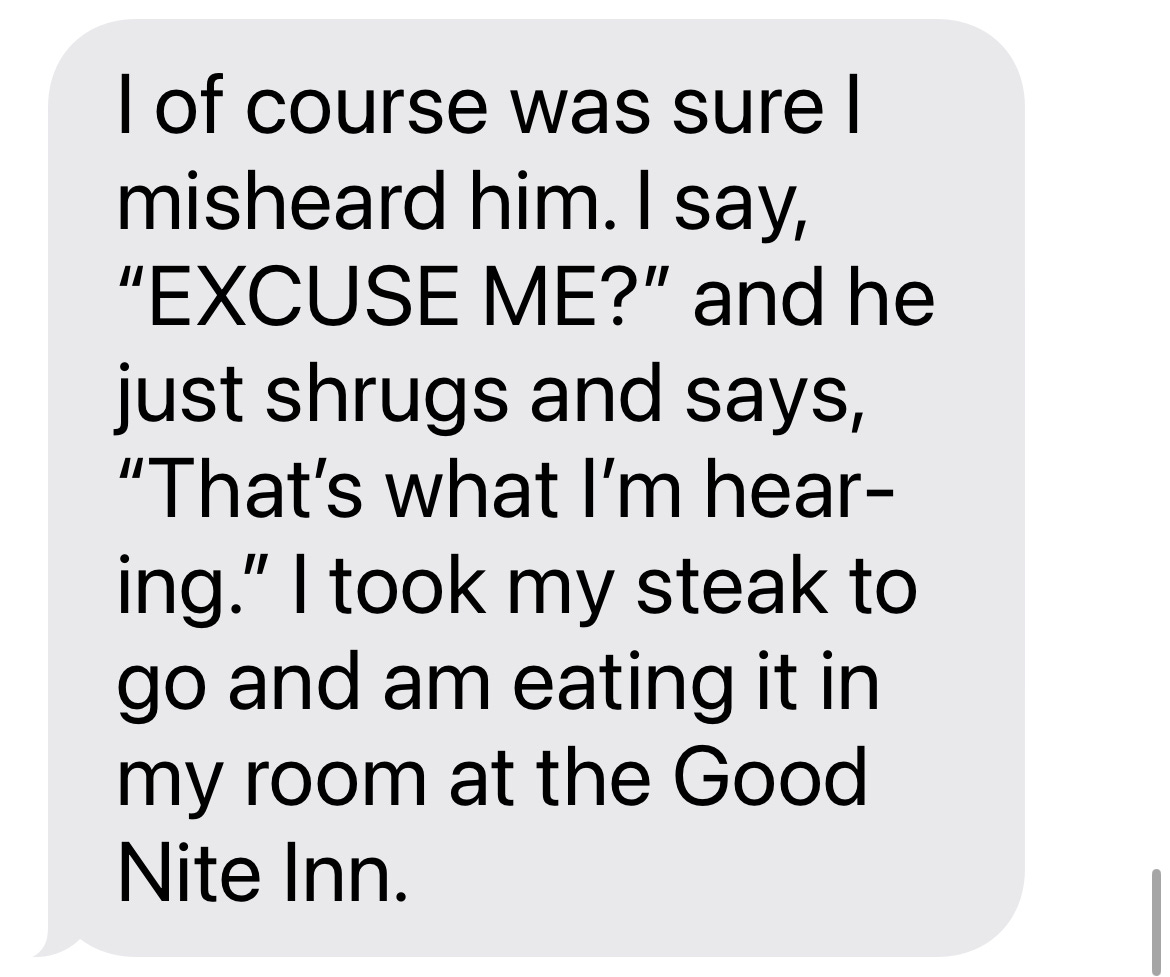






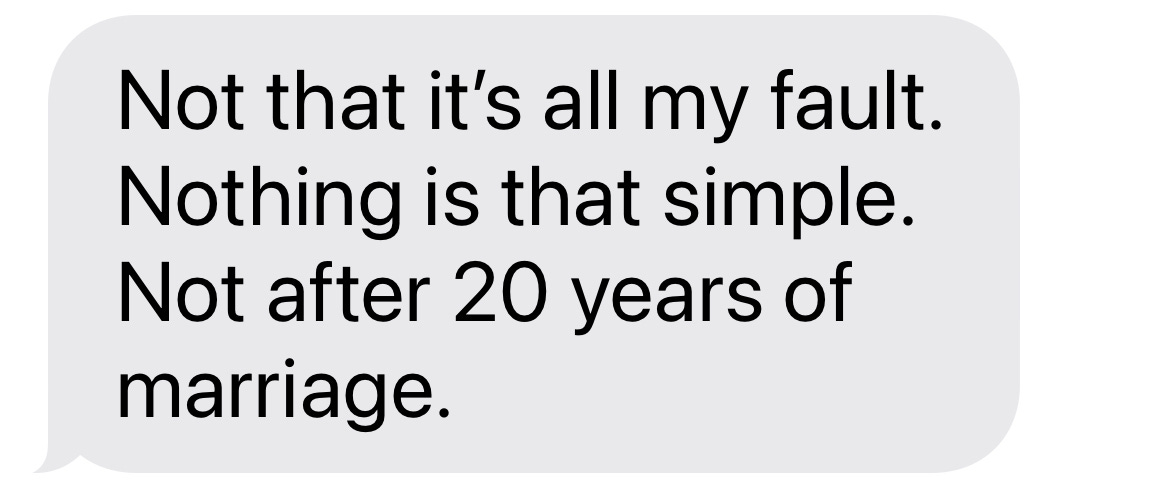



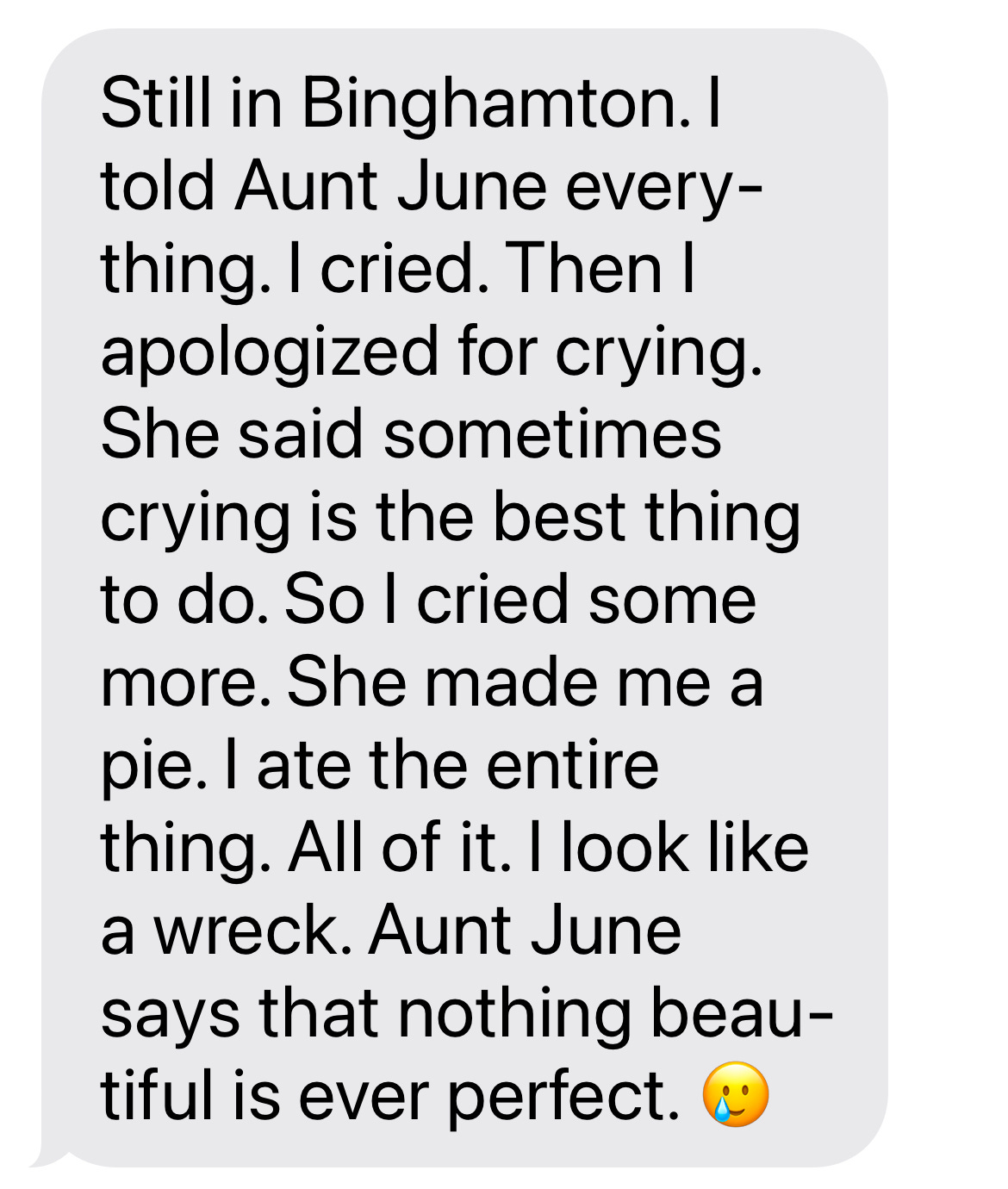
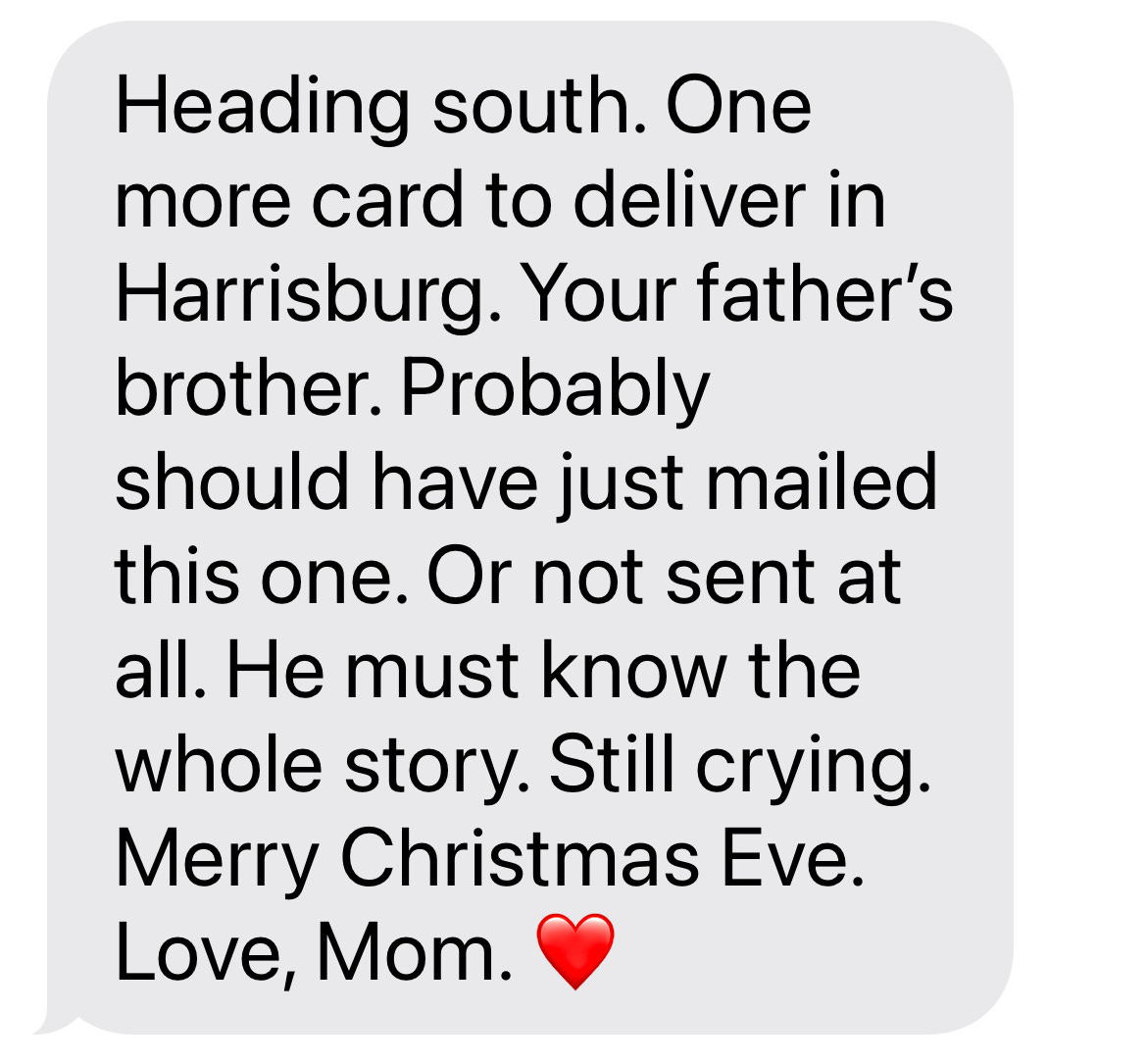
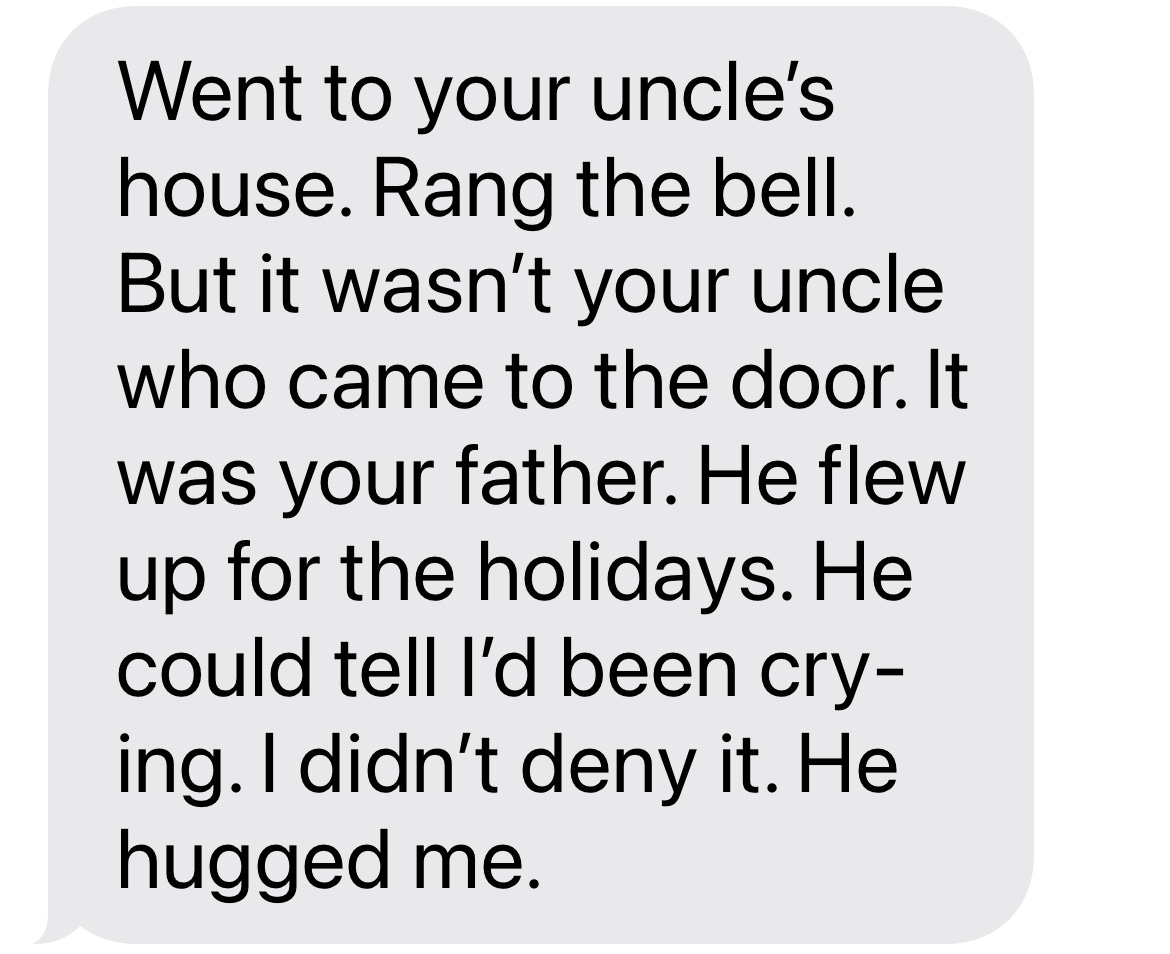



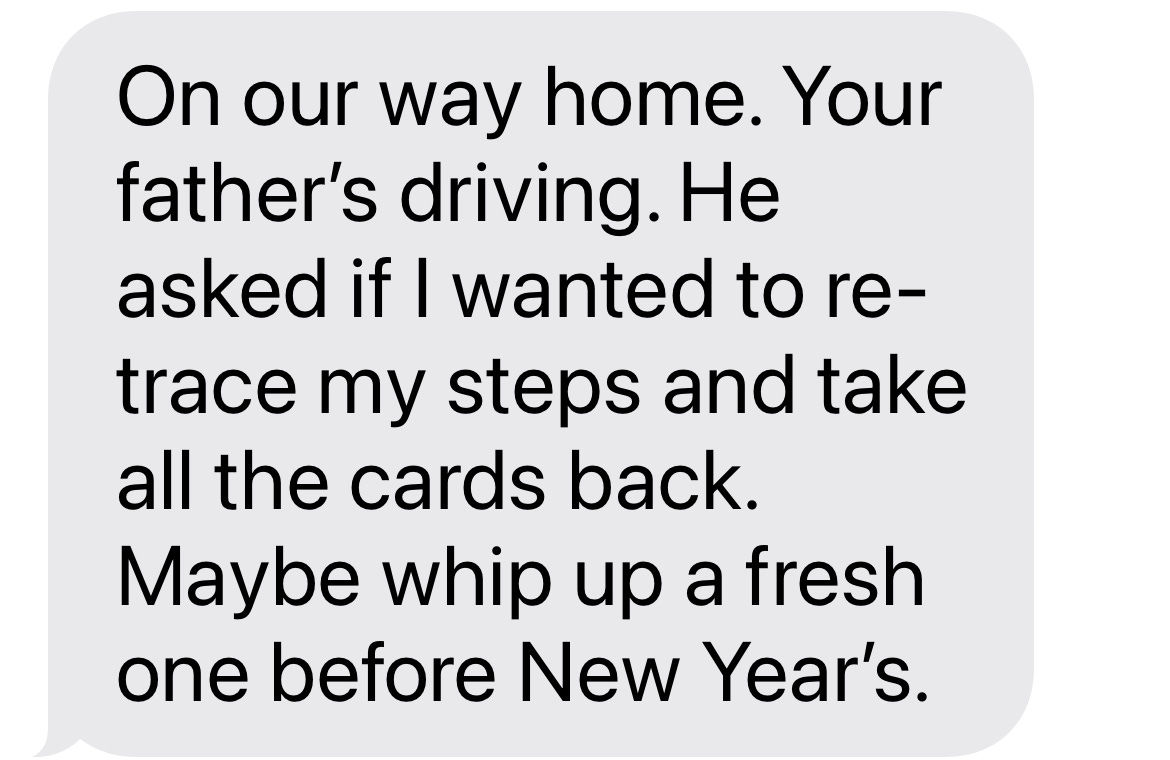

I was invested the whole way through! I love the voice in this. It's very every-day, but the perspective is surprising in the most subtle/smart ways.
Insightful, intriguing, provocative. Enjoyed it very much.